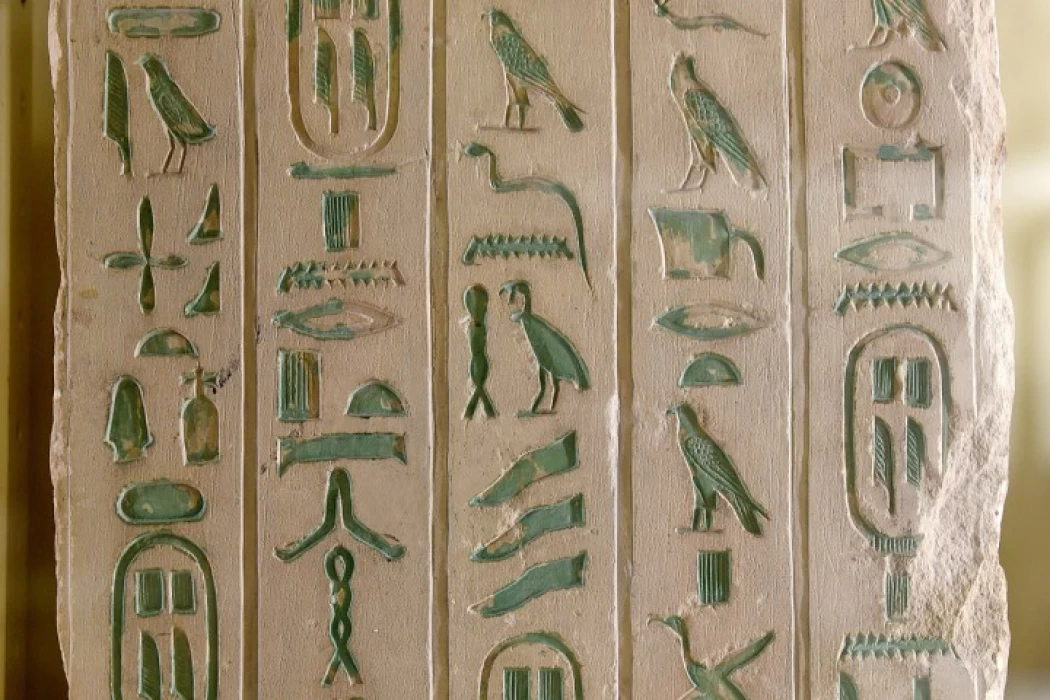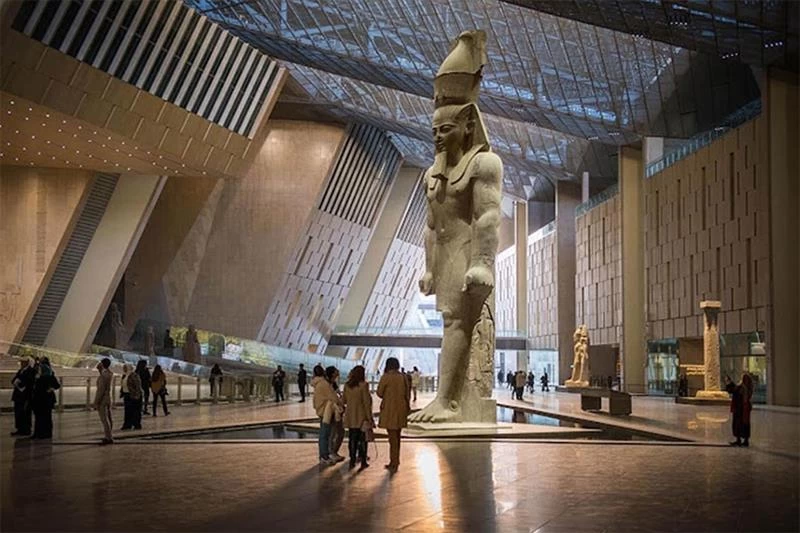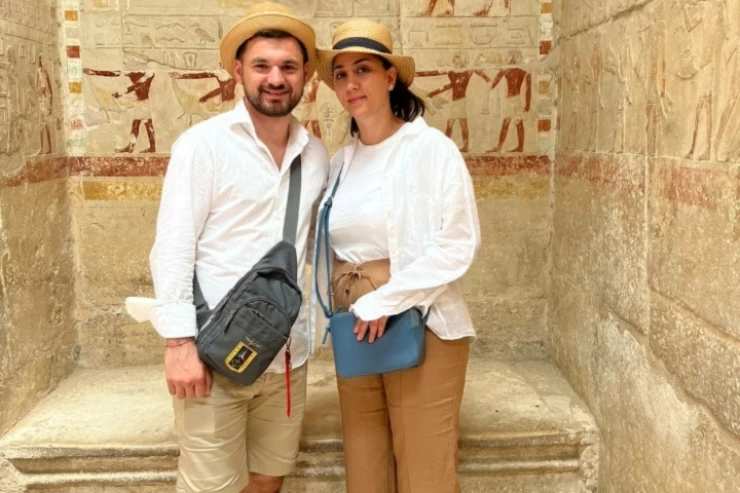
Writing in Ancient Egypt
The ancient Egyptian laid the foundations of ancient Egyptian language and writing at the end of the fourth millennium BC, which played a major role in the Egyptian cultural launch Egyptian museums highlighted the importance of writing in ancient Egyptian civilization by showing the most important models of the evolution of writing in ancient Egyptian from hieroglyphics.
The walls of temples and cemeteries were thoroughly inscribed, until their lines evolved from age to age to keep pace with the developments of daily, administrative, literary and ideological life, to come briefly in line "Hierarchical", then the popular line "Demographic", and finally the "Capture Line" currently used in some Egyptian churches.
The ancient Egyptian used many writing materials such as stone, pottery, bone and textile, and was credited with the innovation of papyrus industry, which played a major role in facilitating daily transactions and the dissemination of science in Egypt and the world.
Because of the importance of writing in ancient Egypt, during the Pharaonic era, the author's career was of particular importance. The cemetery - only Mander - was free from the view of a writer or his title. Senior officials were ministers and priests.
At the beginning of the third century AD, the Coptic Line was established, which combined Greek letters with seven letters of demotism. In the Islamic era, writing has risen, with successors, guardians and leaders needing it in each other's offices. With the development of Arabic calligraphy, writing has evolved considerably and calligraphers have been the highest profile artists in the Muslim world.
Several types of writing have emerged, including historical writing, which is concerned with the codification of news of Islamic conquests, political writing to write and analyze correspondence between successors and loyalists, and religious writing, which flourished in the Umayyad era, through panel discussions on deep religious issues, which necessitated the need to be codified and consulted when needed in similar religious matters.
The planners took pride in their artistic effects and decorated them by illuminating them, and I knew them writing trails of lines such as the kofi line, the transcriptional line, the trimester, the rehani, the diary, the suspension, the vacation, the patch, etc.
















